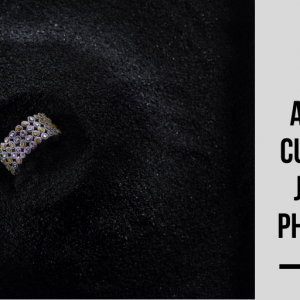I often get asked to share a photography tip or two. Now, the funny thing is over the years the tips I must have shared must be extremely varied. This is because they are entirely based on my learning experience during that period.
The thing is photography tips don’t inspire you at one go, it is an accumulation of years of expertise and practice. With every assignment or self-learn project, I discovered new learnings. I’ve decided to compile a list with some of my key learnings that will help ease you into the profession. If you’re learning photography, these tips will offer some guidance along the way.
These 10 insights are for beginners and cover a bit of both, indoor and outdoor photography tips. I sincerely hope that my knowledge is beneficial to your growth. And now, let’s get to it:
Composition Matters:
Putting thought in your composition goes a long, long way. Instead of pursuing an image on autopilot, begin to engage with your subject and surroundings; the lack of which will always reflect in your photography. Here are a few things to keep in mind when working on the composition – don’t cut off a part of your subject with the edge of your frame, eliminate any distractions by adjusting the composition, maintain balance and simplicity in your photos and lastly, if you’re not happy with your first take, keep experimenting till you get it right.
Work with your settings:
It is important to learn which settings matter because let’s be honest, there’s a lot of them and it takes tons of practice to get it right. Which is why learning to set your camera properly and which settings matter most to you, is crucial to take photos you want and depict your creative style. The three most important settings are the ISO, aperture, and shutter speed. Learning to manoeuvre these will help you gain control over your device instead of working in autopilot and letting your camera make decisions for you. It will also help to learn the different auto-focus modes, so you can focus properly. Remember, always shoot raw if you want to edit your photos after.
The light Is important:
The single most important part of photography is light! They say if you’ve taken a photo with good light, it is a good photo. However, what is good light? The goal is to balance the intensity of the light between your subject and background. Here’s what you can do – pay attention to the direction of the light. If the light is too harsh, watch out for shadows across your subject. If the light comes from an uncomplimentary angle, try to move the source or the subject. In the event that you’re taking handheld photos, make sure there is enough light or else, use flash.
There’s no rush!
Pro tip: Slow down. Here are some hygiene checks you must do before each shoot – Your camera settings are as you need them to be. Then double-check your composition, autofocus and lighting condition. And finally, review your photos on the field. Before each shot, keep some downtime to analyse how you’re doing – in alignment with the brief, if the storytelling is on-point, can you better something, do you need more light and so on. These are better configured during the shoot than after.
Explore your surroundings:
While taking photographs, one might get stuck in one spot – take this from personal experience, avoid that. Move around, as much as possible. Moving around gives you different things to play with – heights, perspective, direction, sizes, and positions. To avoid your entire shoot/portfolio looking the same, this is important. It also brings forth your creative personality and style.
Tripod or not?
Ah, one of the most beautiful inventions in photography! They help you capture the minutest details, improve the stability of your composition, take a sharper image and shoot multi-minute exposures. Now the real question is, when must you use a tripod? Well, if your subject is stationary, then almost always.
Flash, maybe:
Let’s address this first – flashes aren’t only meant for dark environments. Of course, they’re great to get some extra light but they’re useful in the outdoors too, in the middle of the day. This is where ‘fill-flash’ comes in – a technique to fill in ugly shadows on your subject by using a gentle flash. Your camera’s built-in flash is extremely useful, especially, in the day. Use it and get creative!
Post-processing:
This is so beneficial, yet widely overlooked. The right post-processing can turn your image into something exceptional. However, it is important to not overdo it. Make sure to impart the right mood with the right editing. What works for me is, I always start subtle and review my results before editing some more.
Remember to have fun:
Photography is a way of creative expression and is meant to be super fun! Don’t let that spark fade. Some ways to ensure that is to try new things and learn new skills that will aid your journey. But it is also necessary to remember not to get caught up in settings and equipment at the cost of self-expression.
Experiment:
Practice, then practice and then practice some more. The more you practice and experiment, the more photos you take, the better your photos will be. Basically, the more time you spend on photography, the easier it will be to take the photos you want to. I think that is the most important goal – to translate the photograph from your mind and the emotions you feel into a photograph that expresses it to the viewer.
If you’re thinking about hiring a Professional photographer, you can reach out to Pawan Manglani’s team on +91 9820320832 or pawanmanglani@gmail.com.




